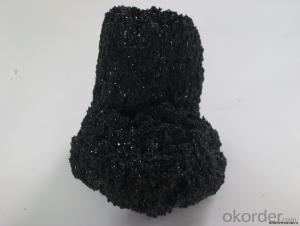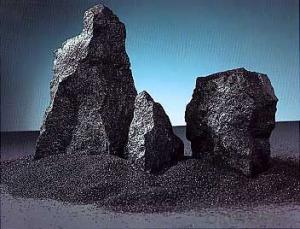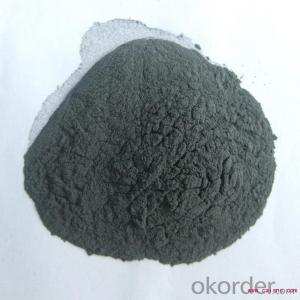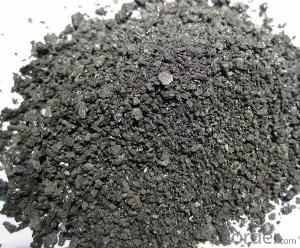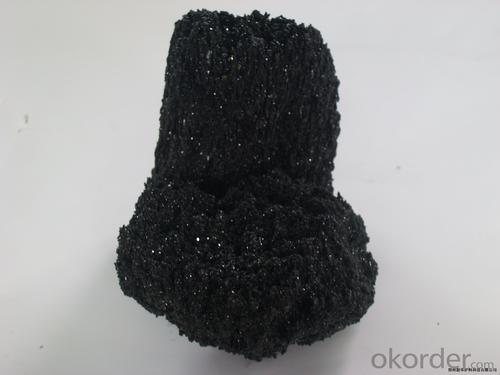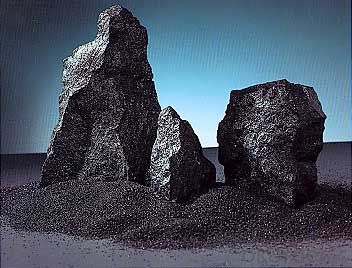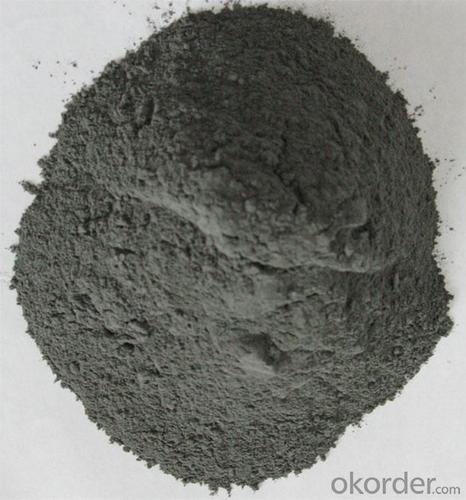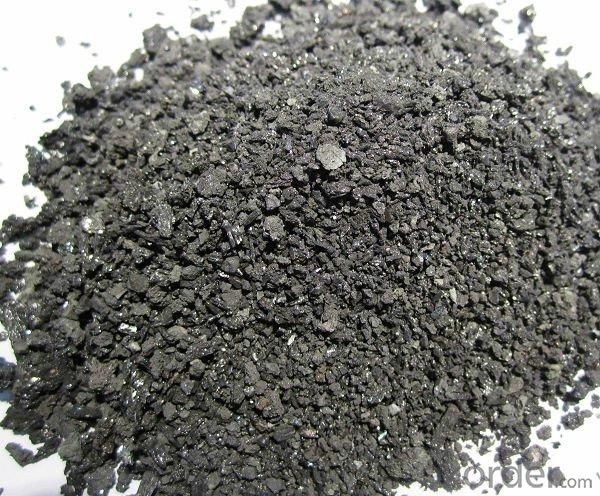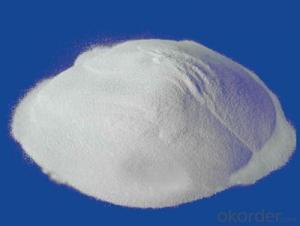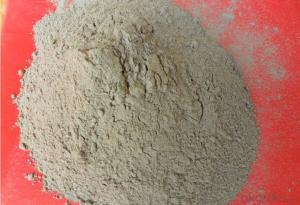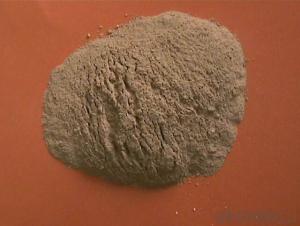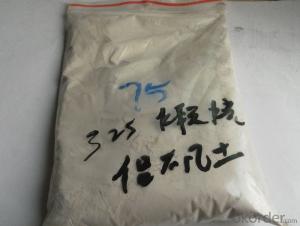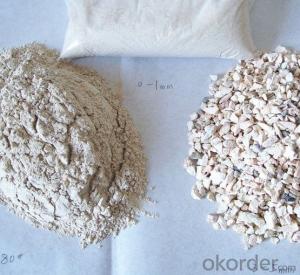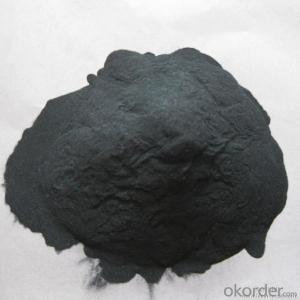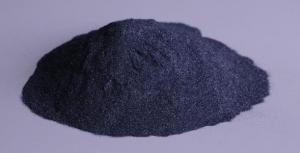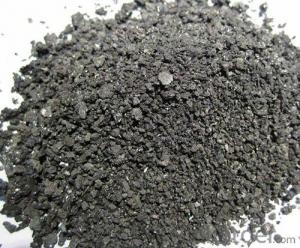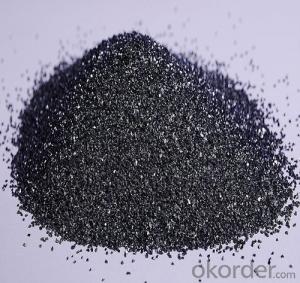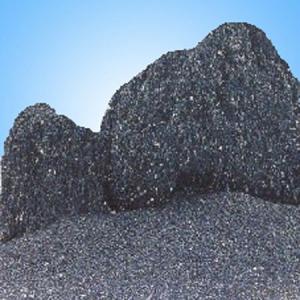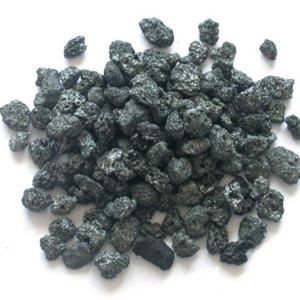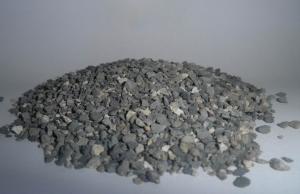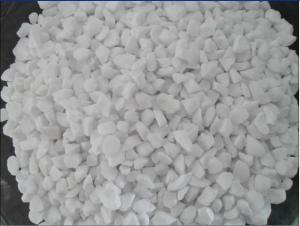Raw Materials for Refractory:Silicon Carbide Powder /SiC for Grinding and Refractory
- Loading Port:
- Tianjin
- Payment Terms:
- TT OR LC
- Min Order Qty:
- 25 m.t.
- Supply Capability:
- 3000 m.t./month
OKorder Service Pledge
OKorder Financial Service
You Might Also Like
Silicon Carbide powder /SiC for Grinding and Refractory Alibaba China supplier
1.Structure of Silicon Carbide Description
Black Silicon Carbide is produced with high temperature in a electric resistant furnace from a mixture of quartz sand and petroleum coke.
Black silicon carbide is typically used for working on cast iron ,non-ferrous metals, stone, leather, rubber, and other materials which requires sharp cutting characteristics. The mineral is also used widely as a refractory material and metallurgical additive.
2.Main Features of SIC
Its hardness is between that of fused alumina and synthetic diamond and mechancial intensity of it is also greater than that of fused alumina. It is brittle and very sharp and has a certain degree of electrical and heat conductivity.
3.Main usage of SIC
1.Grinding non-ferrous materials, rock, stone, leather, rubber, finishing tough and hard materials
2.Bonded abrasive tools, lapping and polishing
3.Widely used as a metallurgical additive and refractory material
4.Refractory
4. SIC Images
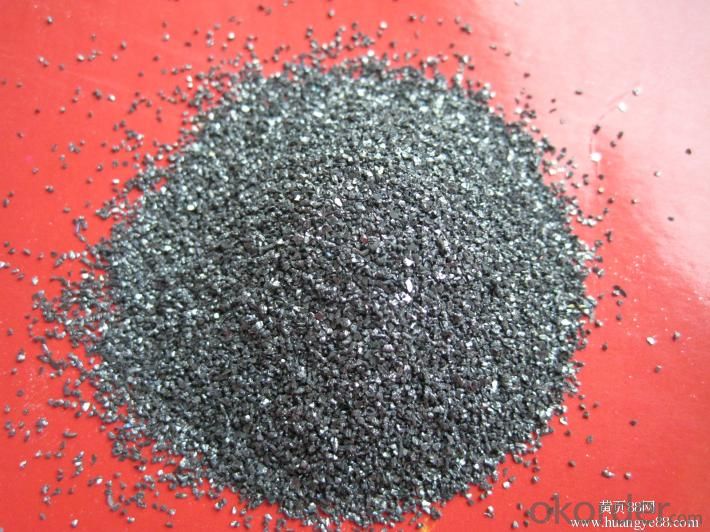
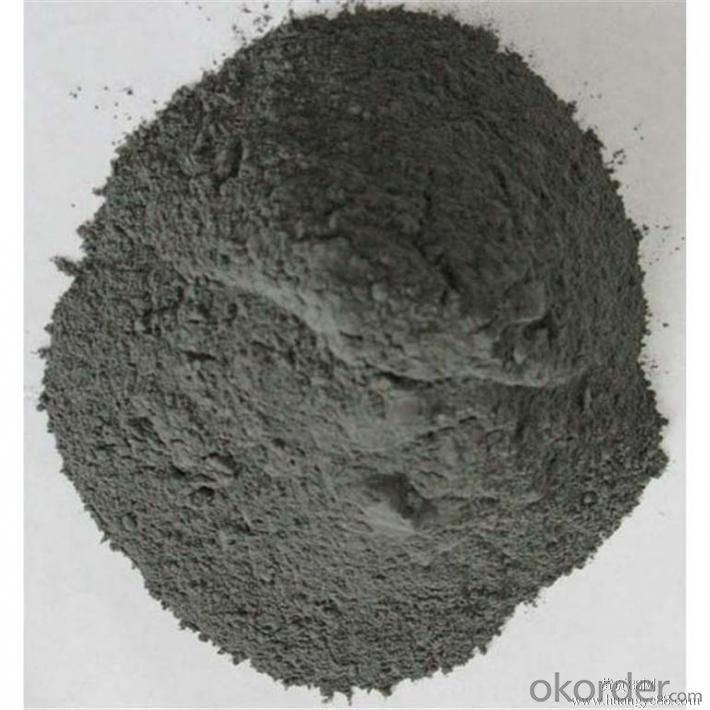
5. SIC Specification
Grit | Sic | F.C. | Fe2O3 |
F12-F90 | ≥98.50 | <0.20< span=""> | ≤0.60 |
F100-F150 | ≥98.00 | <0.30< span=""> | ≤0.80 |
F180-F220 | ≥97.00 | <0.30< span=""> | ≤1.20 |
F230-F400 | ≥96.00 | <0.40< span=""> | ≤1.20 |
F500-F800 | ≥95.00 | <0.40< span=""> | ≤1.20 |
F1000-F1200 | ≥93.00 | <0.50< span=""> | ≤1.20 |
P12-P90 | ≥98.50 | <0.20< span=""> | ≤0.60 |
P100-P150 | ≥98.00 | <0.30< span=""> | ≤0.80 |
P180-P220 | ≥97.00 | <0.30< span=""> | ≤1.20 |
P230-P500 | ≥96.00 | <0.40< span=""> | ≤1.20 |
P600-P1500 | ≥95.00 | <0.40< span=""> | ≤1.20 |
P2000-P2500 | ≥93.00 | <0.50< span=""> | ≤1.20 |
6.FAQ of SIC
1). Q: Are you a factory or trading company?
A: We are a factory.
2). Q: Where is your factory located? How can I visit there?
A: Our factory is located in Ningxia, China. You are warmly welcomed to visit us!
3). Q: How can I get some samples?
A: Please contact me for samples
- Q: What is the importance of silicon powder in refractory processing?
- it depends on the type of refractory material, in addition to lS friends talked about, in the amorphous mobility\ strength should also have an impact
- Q: What are the standards of refractory concrete ?
- Refractory concrete is generally divided into three categories: Light insulating concrete (for insulation); medium-quality refractory concrete (It is used for the parts where requirement of refractory temperature is not very high, and it can withstand a certain erosion of air); heavy refractory concrete (It is used for the parts where requirement of refractory temperature is fairly high, and it can withstand a certain intensity of erosion of air). It mainly depends on the design temperature and the using parts. There are a variety of raw materials, of which aluminum oxide is one of the most commonly used materials, others are alumina hollow ball, magnesium oxide, zircon, etc. It depends on the design temperature and the parts on use. Commercial concrete station generally can not produce it, instead it is compound by professional refractory concrete factories.
- Q: What are the requirements of refractory temperature of refractory brick?
- Refractory temperature of refractory brick is 1650 degree.
- Q: What characteristics do A grade external wall fireproofing material have?
- 1. Save space and reduce costs; 2. Fireproofing, green and environmental protection; 3. Waterproofing; 4. Sound insulation; 5. Thermal insulation; 6. Install easily and shorten the construction period; 7. High safety performance.
- Q: Which industry does refractory belong to?
- It belongs to decoration industry.
- Q: what's the classification of fireproof and thermal inuslation matertial?
- 1. thermal insulation material with A class combustion performance. Rock wool, glass wool, foam glass, foamed ceramics, foam cement, hole-closed perlite (2) thermal insulation material with B class combustion performance: extruded polystyrene board after special processing (XPS)/ polyurethane after special processing (PU) , phenolic aldehyde, gelatine powder polyphenyl granule. 3,thermal insulation material with B2 class combustion performance: molding polystyrene board(EPS), extruded polystyrene board(XPS), polyurethane (PU), polyethylene (PE),etc. sea capacity module and vitrified micro bead(cooperate with the innovator of vitrified micro bead, Liu Weihua) fireproofing issues have been completely solved.
- Q: For refractory knowledge. What is the ratio of clay ramming?mass?
- Soil aggregates, dispersing agent, water reducing agent, plasticizer, binding agent and powder! ~ Bone meal feed approximately 6, OK
- Q: What's the heat conductivity coefficient, specific heat capacity and density of the refractory material of magnesite-chrome brick and magnesia-alumina brick respectively?
- It is suggested that you find some samples of well-known manufacturers, such as Ogilvy and Mather Group, and that will be more correct.
- Q: How to divide the fire resistant level of construction thermal insulation materials?
- 1, Combustion performance of the national standard building materials are divided into the following levels: Class A: incombustible building material: Material that almost never burn. Class B1: nonflammable building material: Nonflammable materials have good effect of flame resistance. In case of fire it in the air or at high temperature it is difficult to catch fire and spread, and when the fire source is removed, the combustion can stop immediately. Class B2: combustible?building?material: Combustible materials have good effect of flame resistance. In case of open fire in the air or at high temperature, it will immediately burst into flames and spread the fire quickly, such as wooden column, timber roof truss, wooden stairs, etc. Class B3: flammable building material: No flame-retardant effect, highly flammable, high risk of fire. 2, According to fire?rating, external wall thermal insulation materials can be divided into 1) thermal insulation material with class A combustion performance. Rock wool, glass wool, foam glass, foamed ceramics, foam cement, hole-closed perlite,etc. 2) thermal insulation material with class B1 combustion performance: Extruded polystyrene board (XPS) after special treatment /polyurethane (PU) after special treatment , phenolic aldehyde, gelatine powder polyphenyl granule, etc. 3) thermal insulation material with class B2 combustion performance: Molding polystyrene board (EPS), extruded polystyrene board (XPS), polyurethane (PU), polyethylene (PE), etc.
- Q: what materials can make external wall fireproofing paint have the fireproofing effect
- Adding flame retardant or fire retardant materials can be fireproofing, which commonly referred to as the external walls of fire retardant coating or fire retardant coating. Principle: Fireproof paint itself is flame-retardant or non-combustible, so that the protected base material can not directly contact with the air in order to the ignition delay and reducing the burning speed; except that, it also has a lower thermal conductivity, which can delay the transfer of flame temperature to the protected base material; fireproof paint thermal can decompose non-combustible inert gas by heating to dilute the thermal decomposition of combustible gas in protected object, making it difficult to burn or slow down the speed of burning.
Send your message to us
Raw Materials for Refractory:Silicon Carbide Powder /SiC for Grinding and Refractory
- Loading Port:
- Tianjin
- Payment Terms:
- TT OR LC
- Min Order Qty:
- 25 m.t.
- Supply Capability:
- 3000 m.t./month
OKorder Service Pledge
OKorder Financial Service
Similar products
Hot products
Hot Searches
Related keywords
